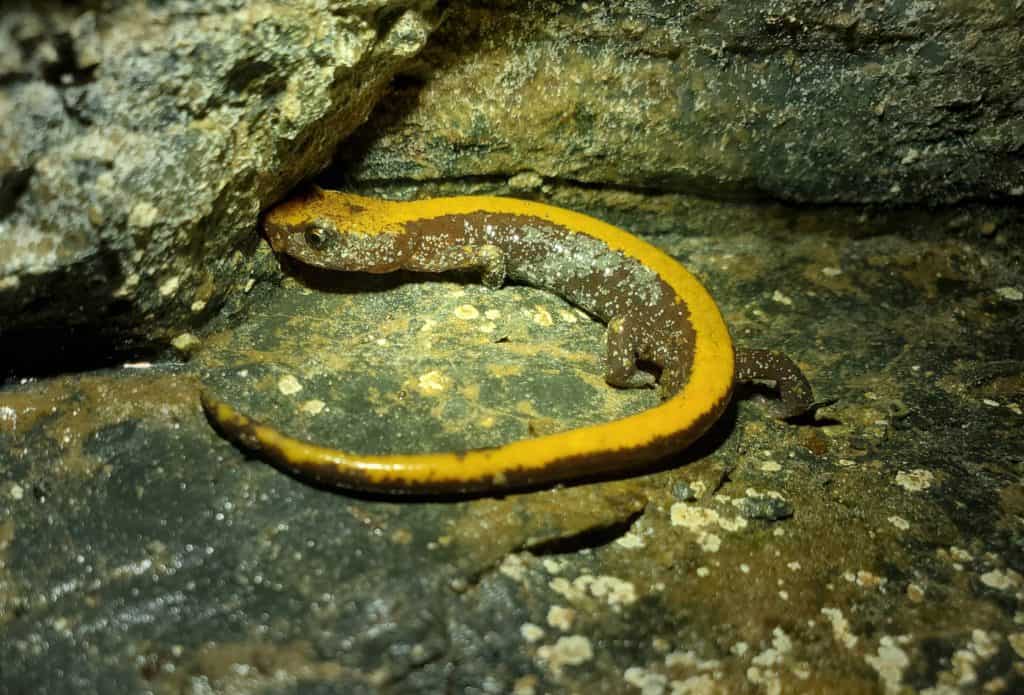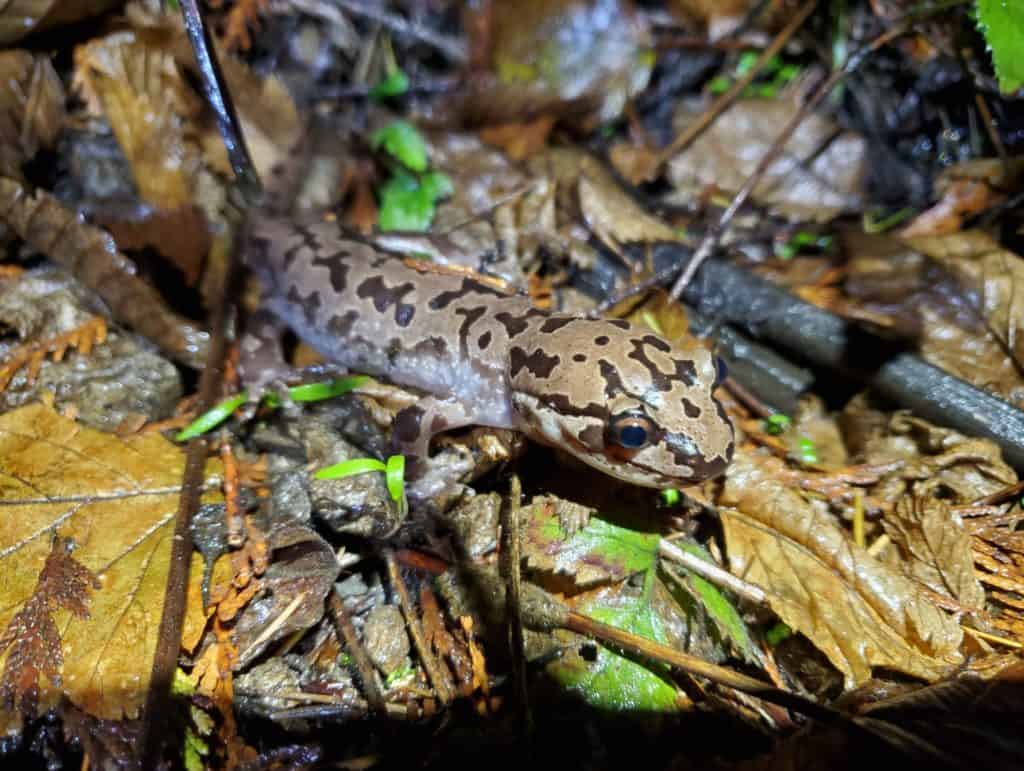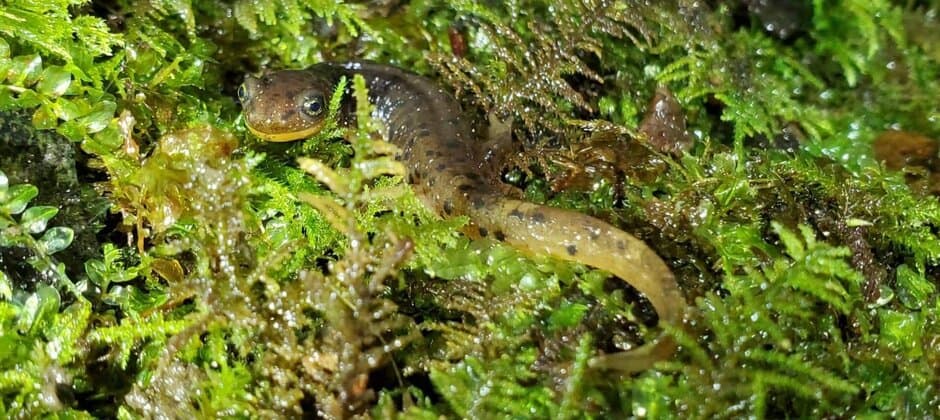Share this article
Amphibian conservation needs more than a biodiversity focus
Being the last surviving species of their genus or family and living in imperiled ecosystem types are important factors for scientists to consider when setting aside land for amphibian conservation across the world, researchers say.
However, many wildlife biologists home in on factors like species richness, leaving out some of these other elements.
“We found that if areas were strategically protected, it didn’t seem like you’d need to protect an unreasonable [area of] the globe in order to protect a high level of amphibian biodiversity,” said Sky Button, a PhD student in biology at Washington State University.
Button and their co-author Amaël Borzée from Nanjing Forestry University in China sought to develop and synthesize criteria for identifying the regions that were most important for amphibian conservation. They used freely available information on species ranges, conservation status, taxonomic position of the species in terms of evolution, and the protected status of the regions where the amphibians are found. These data also integrated some of the projected risk from climate change.

A Coeur d’Alene salamander (Plethodon idahoensis). Credit: Sky Button
After examining 6,026 species, the researchers developed a model to provide scores based on all these factors. In a study published recently in Global Change Biology, the model reveals an updated strategy for global amphibian conservation that uses these scores and pays more attention to factors like evolutionary uniqueness and the state of peril of the species’ ecosystems.
“There are a lot of species that have really small ranges, or they are in a genus that maybe only has one species,” Button said.
Their analysis revealed a few places in the world that carry the highest risk for biodiversity loss, high evolutionary distinctness and the other measures the researchers included. The Amazon Basin rated highest for all metrics when looked at as a whole. However, when broken up into smaller areas, the western half of the Amazon was still always at or near the top of the ranking no matter what scoring system was used. But the integrative scoring approach showed areas like southeastern China and the southeastern U.S. rated nearly as highly as the western Amazon.
Amphibians like purple frogs (Nasikabatrachus spp.), cryptobranchid salamanders from the Andrias and Cryptobranchus genera, and caecilian species from the Chikilidae family were examples of evolutionarily distinct creatures. There are only four species of the latter known in the world. “Little is known about any of these four species, and caecilians in general are the world’s least-studied vertebrate order,” Button said.

A coastal giant salamander (Dicamptodon tenebrosus). Credit: Sky Button
The southeastern United States rated high on their integrated scoring approach, mostly due to its salamander species richness and their relatively small ranges.
Other areas are small but have an outsized importance for amphibian diversity. The high elevation habitats of the northern Andes, for example, feature a third of all tundra-adapted amphibian species in the world, including those from the genera Atelopus and Pristimantis. The Cundinamarca robber frog (Pristimantis affinis) is just one species that lives in these habitats that’s considered endangered by the International Union for Conservation of Nature.
“Some ecoregions are very important,” Button said, adding that they don’t really get that much attention in the amphibian conservation world.
These high elevation areas are also important to protect because they are likely to experience a larger effect from climate change.
Header Image: The Cascade torrent salamander (Rhyacotriton cascadae) lives in the Pacific Northwest. Credit: Sky Button








